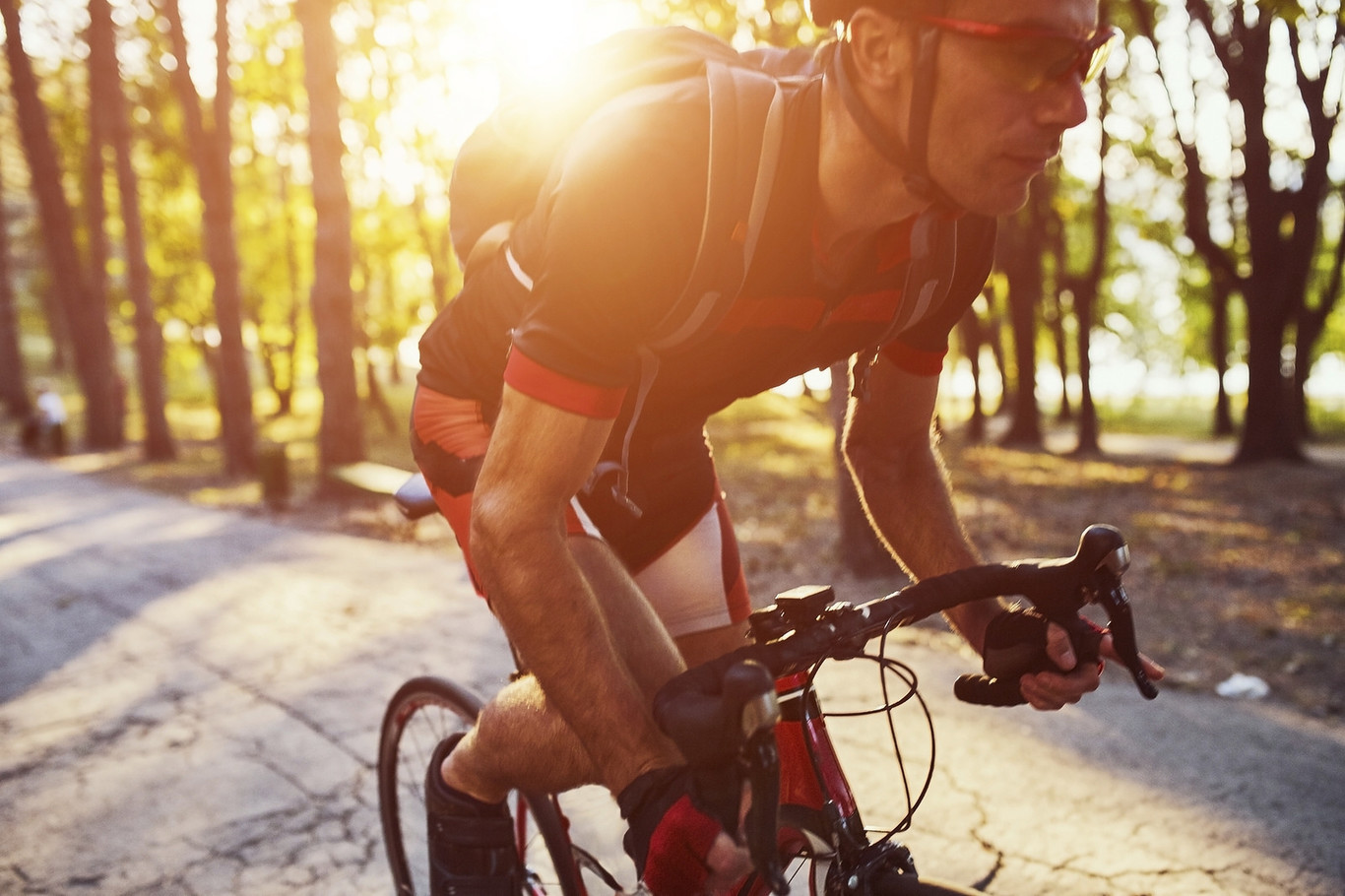Every day more bike enthusiasts are encouraged to go out every week to give pedals, either on the field or on the road, and one of the big problems that many of them mention is back pain, usually caused by a bad posture on the bike or not having a good muscle tone in the middle area.
Carrying a good position on the bike is an art and depends on different factors: from the proper placement of elements such as the handlebar and chair to core training. These are the most frequent causes of back pain in cyclists and that is how we can solve them.
 The placement of the handlebar and the saddle
The placement of the handlebar and the saddle
First of all, when buying a bicycle we must ensure that it is the correct size for our height : not all bicycles are for all users and we must choose the one that most facilitates the fact of having a correct posture.
Once we have found the correct size, we must take into account the regulation, among others, of the handlebar and the saddle. A bad placement of these elements is usually the culprit of most of the back pains in cyclists, so that if we hit on their height we will have much less chance of suffering on the bike.
To measure the height of the saddle
The formula that is used to find the ideal height of the saddle is to measure the height from the floor to our crotch and multiply that number by 0.85. This measurement is what must be from the axis of the bottom bracket to the top of the saddle. If you do not want to be so technical, place the saddle so that it is aligned with your iliac crest (the hip bone) if you are standing next to it, and make sure that once on the bike you get to the pedals and your knees are slightly flexed at the lowest point of the pedal.
If we place the saddle too high, besides that we will be “hanging”, that we will barely reach the pedals with our toes and that we will need to balance our pelvis with each pedal stroke, we also run the risk of overloading the lower back, with the consequent back pain after a few hours of training.
If, on the contrary, we place the saddle too low, in addition to our pedaling technique will be affected, we can refer pain in the column.
To measure the height of the handlebar
The handlebar is always below the height of the saddle (we are talking about sports bicycles, not ride bikes). The premise is that we are comfortable, but the difference in height between saddle and handlebar is usually, on average, around six or seven centimeters.
Many cyclists carry the handlebars too high, something that can give us a false sense of comfort at the beginning of the workouts: when we have been on the bike for a while we can notice overload in the lumbar area when carrying the weight of the body on this area.
On the other hand, a handlebar that is too low makes the weight of our body load too much on the arms and upper back area, especially if we do not have much experience with the bike. It usually results in pain in the trapezius and excessive tension in the area of the cervical, in addition to numbness of the hands to receive too much weight.
The importance of core training in cyclists
In addition to a correct placement of all the elements of the bicycle, the fact of having a well-conditioned middle area will also help us to maintain a correct posture and to refer less fatigue during training.
The weight of our body during bike trips must be in our middle zone: neither completely on the hips and buttocks nor excessively on the handlebars. The training of the core, emphasizing the muscles of the lower back , is essential to maintain the correct posture on the bike.
What exercises can we perform to improve the tone of our central area? In general all the movements of the Pilates method, being one of its principles the central control, are very beneficial for cyclists. Also the isometric abdominal exercises like the frontal plate, the lateral plates and the plates with implement like the fitball are good options to work all our average zone.
